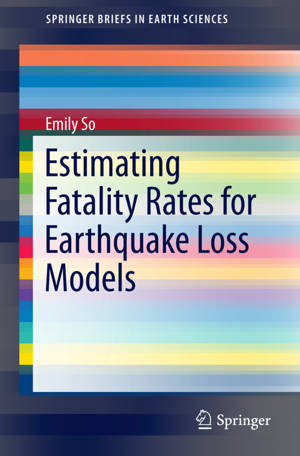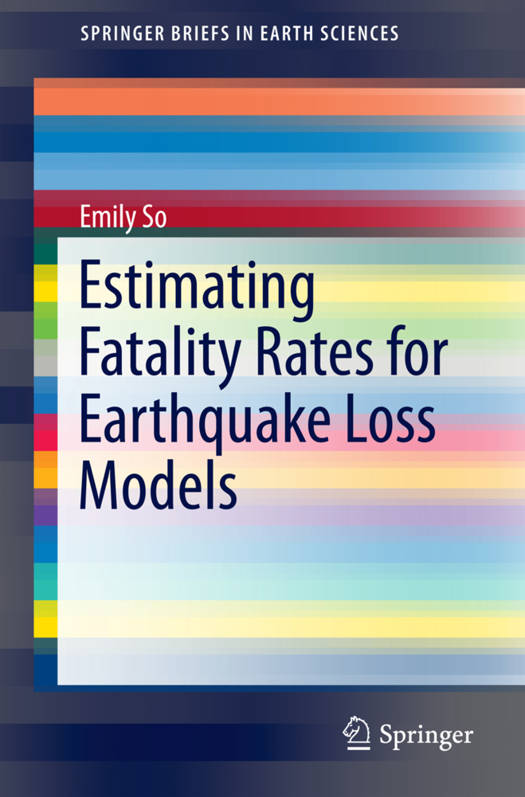
- Retrait gratuit dans votre magasin Club
- 7.000.000 titres dans notre catalogue
- Payer en toute sécurité
- Toujours un magasin près de chez vous
- Retrait gratuit dans votre magasin Club
- 7.000.0000 titres dans notre catalogue
- Payer en toute sécurité
- Toujours un magasin près de chez vous
Description
This manuscript sets out a process for estimating fatalities in collapsed buildings due to ground shaking in an earthquake. The aim of this research is to supplement current earthquake loss estimation with fatality rates (percentage of occupants killed) for use in models which are based on recent empirical information on deaths from earthquakes. This document specifically explores the lethality potential to occupants of collapsed structures. Whilst earthquake casualty modeling has admittedly suffered from a lack of post-earthquake collection of data and rigour in assessing these data, recent earthquakes such as 2008 Wenchuan (China) and 2011 Christchurch (New Zealand) have brought to light some important findings. Under the auspices of US Geological Survey's PAGER, empirical fatality data related to collapses of buildings from significant earthquakes in the past 40 years have been thoroughly examined. Through detailed investigations of fatal building collapses and the volume reductions within these buildings, important clues related to the lethality potential of different failure mechanisms of global modern and older construction types were found. The gathered evidence forms the basis of the derivation of a set of fatality rates for use in loss models. The set of judgment-based rates are for 31 global building types. This significant advancement in casualty modeling, the resolutions and quality of available data, the important assumptions made, and the final derivation offatality rates are discussed here.
This document contributes to global efforts to develop a way of estimating probable earthquake fatalities very rapidly after an earthquake has taken place. The fatality rates proposed here can be incorporated directly into earthquake loss estimation models where fatalities are derived from collapses of different types of buildings.
Spécifications
Parties prenantes
- Auteur(s) :
- Editeur:
Contenu
- Nombre de pages :
- 62
- Langue:
- Anglais
- Collection :
Caractéristiques
- EAN:
- 9783319268378
- Date de parution :
- 10-03-16
- Format:
- Livre broché
- Format numérique:
- Trade paperback (VS)
- Dimensions :
- 154 mm x 231 mm
- Poids :
- 163 g

Les avis
Nous publions uniquement les avis qui respectent les conditions requises. Consultez nos conditions pour les avis.






